If landowners can truly share their space with local people, perhaps it’s the ‘next best thing’ to community ownership, writes David Ross.
The UN Biodiversity Conference COP15 concluded last month in Montreal with a landmark agreement.
The headline commitment is to protect 30% of the planet’s lands, coastal areas and inland waters by 2030. New global goals were agreed to reverse nature loss, critical to limiting global warming to 1.5C.
The $20 billion annual aid to developing countries will rise to $30 billion by 2030. There is also recognition of indigenous peoples’ and local communities’ rights to their land as a protection – not just from damaging development and industrial farming, but, ironically, also from conservation programmes.
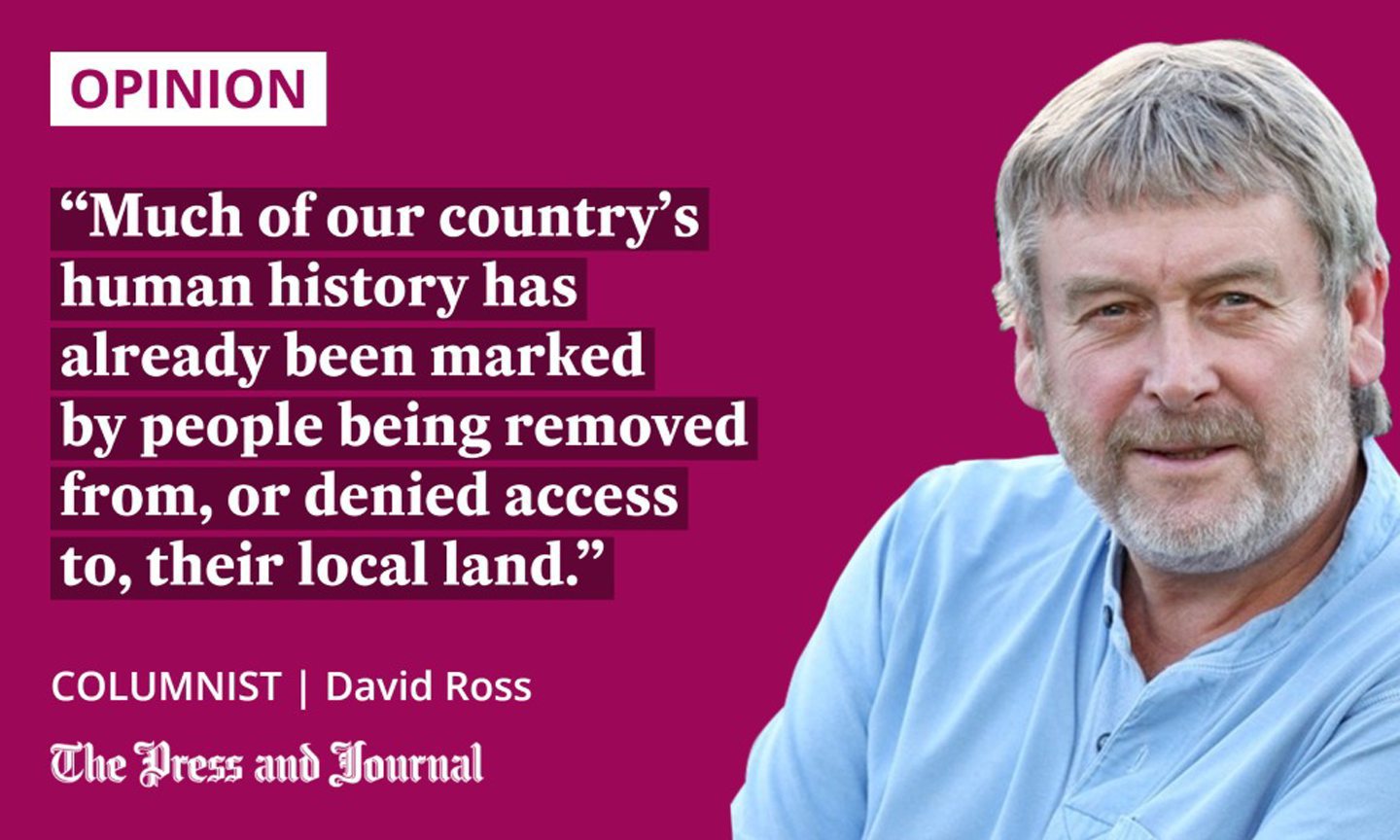
It was significant acceptance that indigenous communities are crucial to safeguarding nature. The UN defines them as retaining social, cultural, economic and political characteristics distinct from those of the dominant societies in which they live. It is estimated there are more than 370 million indigenous people across 70 countries.
Their lands contain 80% of the planet’s remaining plant and animal species, according to the World Bank, despite having only 5% of the population. But more than 250,000 in 15 countries were evicted from 1990 to 2014, because of different areas being given special conservation protection.
Does Montreal agreement go far enough?
The head of the UN Development Programme, Achim Steiner, said the Montreal agreement, signed by 196 countries, was “historic”.
“This agreement means people around the world can hope for real progress to halt biodiversity loss and protect and restore our lands and seas,” he commented.
But Chris Chapman, Amnesty International’s adviser and researcher on indigenous peoples’ rights, thought the agreement fell short.
It didn’t wholly incorporate indigenous peoples’ demands for their lands to be fully recognised as a category of conserved area, “a plea that was intended to protect them from the predations they often experience in areas such as state-run national parks.” He said that, regardless of Montreal, a number remained opposed to calls to expand protected areas, “given the appalling abuses that are committed in such areas in many countries.”
Recognising the contributions of indigenous people
Other experts were more positive. Jennifer Tauli Corpuz, an International Indigenous Forum on Biodiversity (IIFB) representative from the Kankana-ey Igorot People of Mountain Province in the Philippines, said: “It’s historic. It’s a moment to celebrate.”
Another IIFB representative, Viviana Figueroa, from the Omaguaca-Kolla indigenous peoples of northern Argentina said: “Now they are recognising that indigenous people can also make contributions to biodiversity conservation. For us, it’s like a change of paradigm.
It is a deplorable injustice that the most fragile human communities, who haven’t contributed to climate change, should fear those who caused the problem trying to solve it
“They are recognising this important role that was invisible. We were afraid that if we did not have any inclusion [of land rights], we could suffer human rights violations in the name of conservation.”
It is a deplorable injustice that the most fragile human communities, who haven’t contributed to climate change, should fear those who caused the problem trying to solve it.
Green lairds can represent a major barrier
Scotland’s two national parks, with a third on the horizon, may not infringe indigenous rights, but so much of our country’s human history has already been marked by people being removed from, or denied access to, their local land. It has left us with the most concentrated pattern of land ownership in Europe – 500 or so owning 50% in huge estates.
Some argue that these landholdings are perfect vehicles to deliver the Scottish Government’s target of a carbon net zero economy, because of economies of scale in the likes of peat restoration and tree planting. But, the body advising ministers argues that these same estates (“extreme asymmetries in ownership”) represent a major barrier to the costs and benefits of climate action being fairly distributed.
The Just Transition Commission sees greater potential to deliver these goals in local people who manage community-owned land – echoed in Montreal.
The next best thing to community ownership?
In past columns, I have already highlighted how new landowners pursuing green projects have increased the price of Scottish land beyond the reach of local communities.
The efforts of Dr Jeremy Leggett and his Highlands Rewilding company, backed by “patient green investors”, may present another way. They are now preferred bidders for the 3,500 acre Tayvallich estate in Argyll’s Knapdale.
The founder of a solar energy company and former scientific director at Greenpeace, Dr Leggett has already won real plaudits for his rewilding project on the Bunloit Estate, above Loch Ness. Not just for his green vision fighting climate change, but also his commitment to involving the neighbouring community.
He is doing the same at Tayvallich, where local people had hoped to buy some of the estate for affordable housing. But the existing owners have gifted them some land, and community leaders now think Highlands Rewilding might be the “next best thing” to community ownership.
It is still largely people with money buying land. So, if Dr Leggett and backers can raise the necessary £10.5 million, they should ensure ownership is genuinely shared with the 200 to 300 local people around Tayvallich. After all, he insists he is not a “green laird”.
David Ross is a veteran Highland journalist and author of an acclaimed book about his three decades of reporting on the region
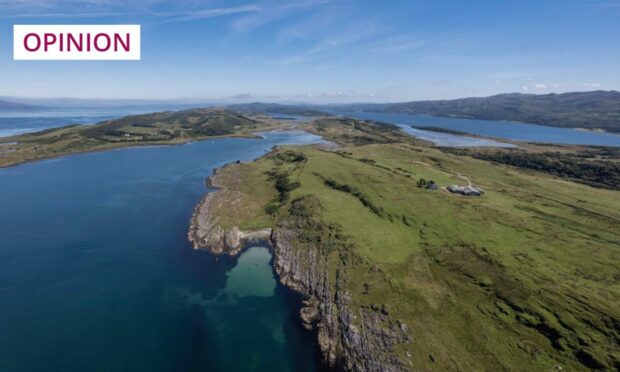
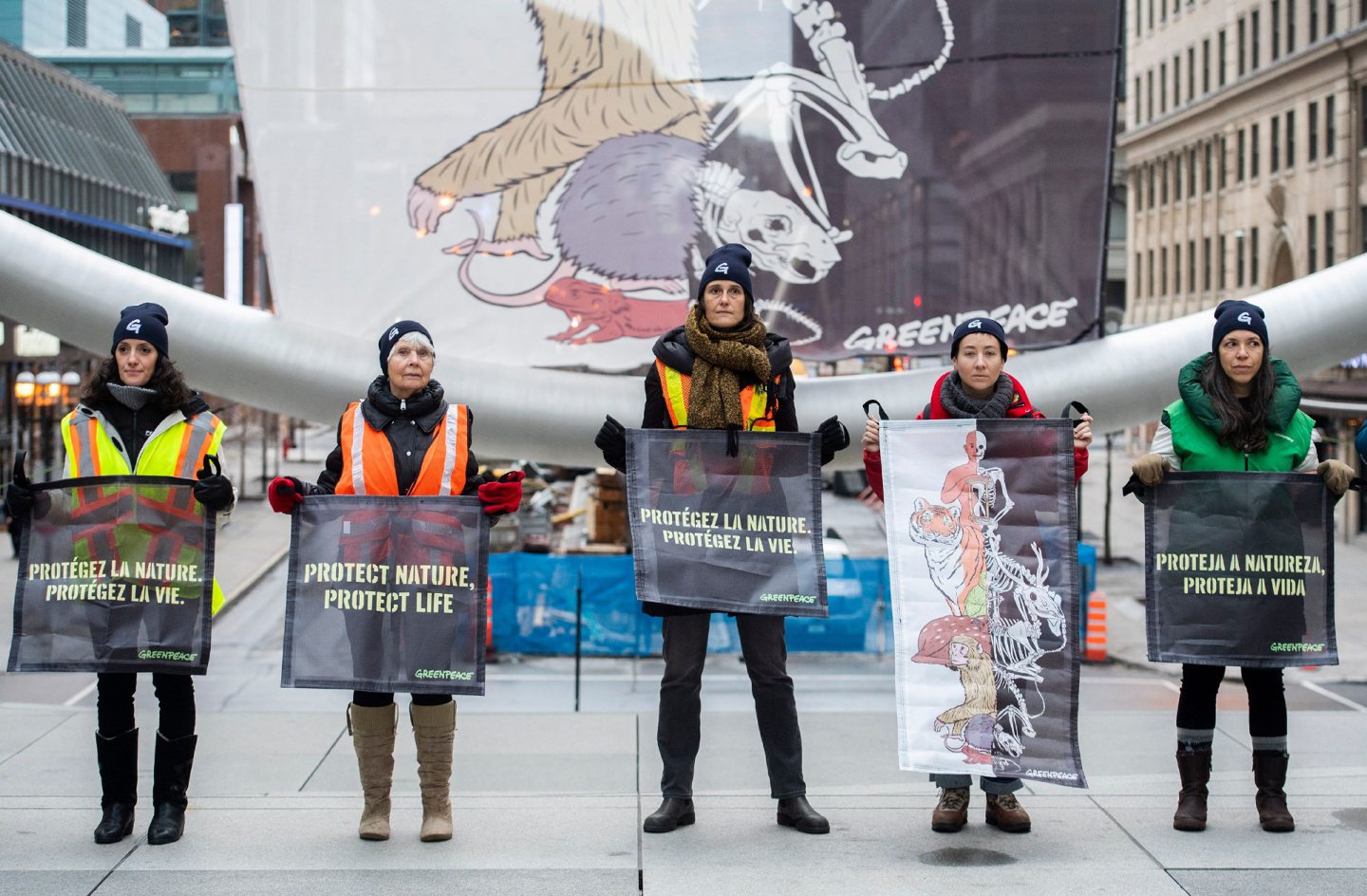
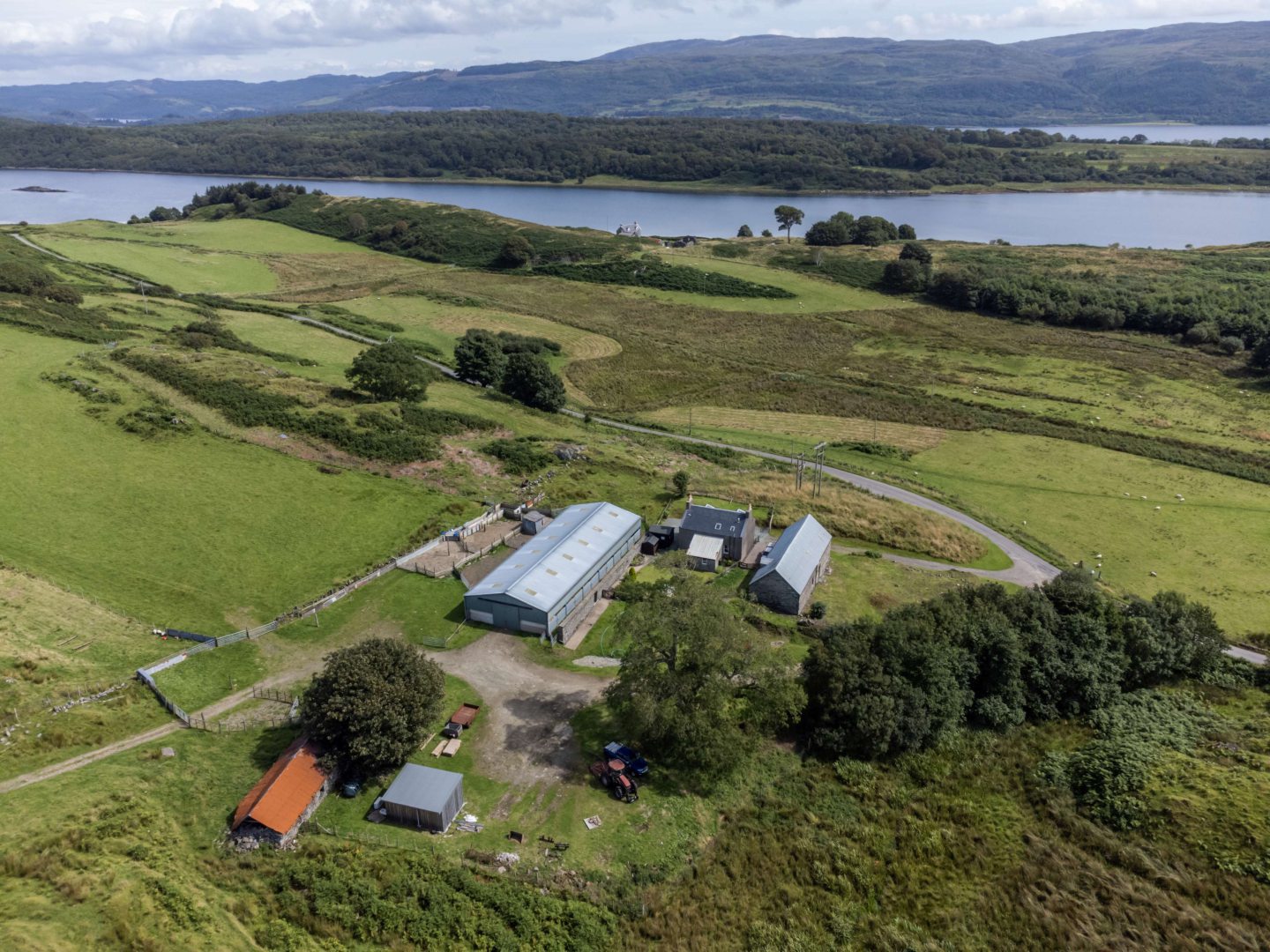
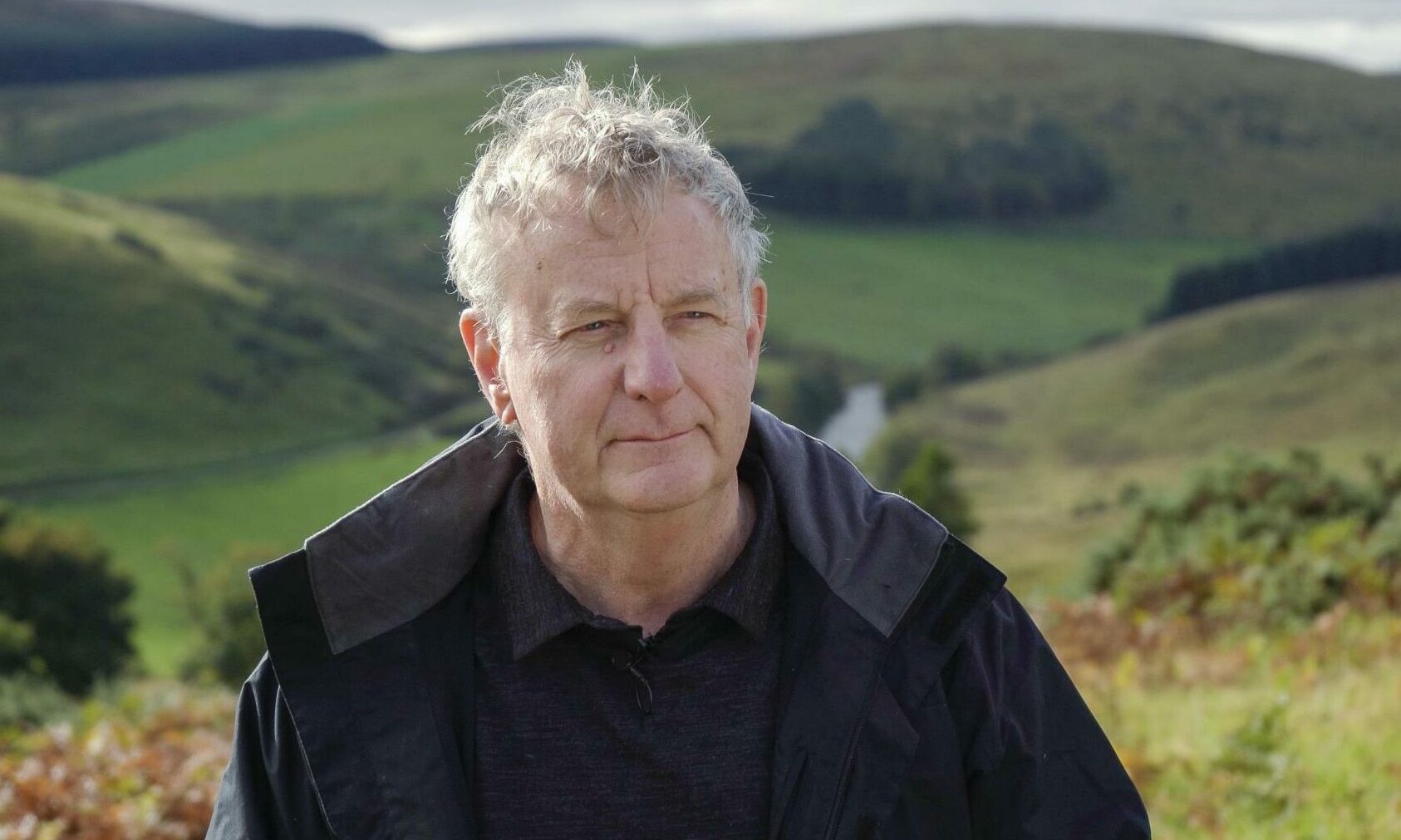
Conversation